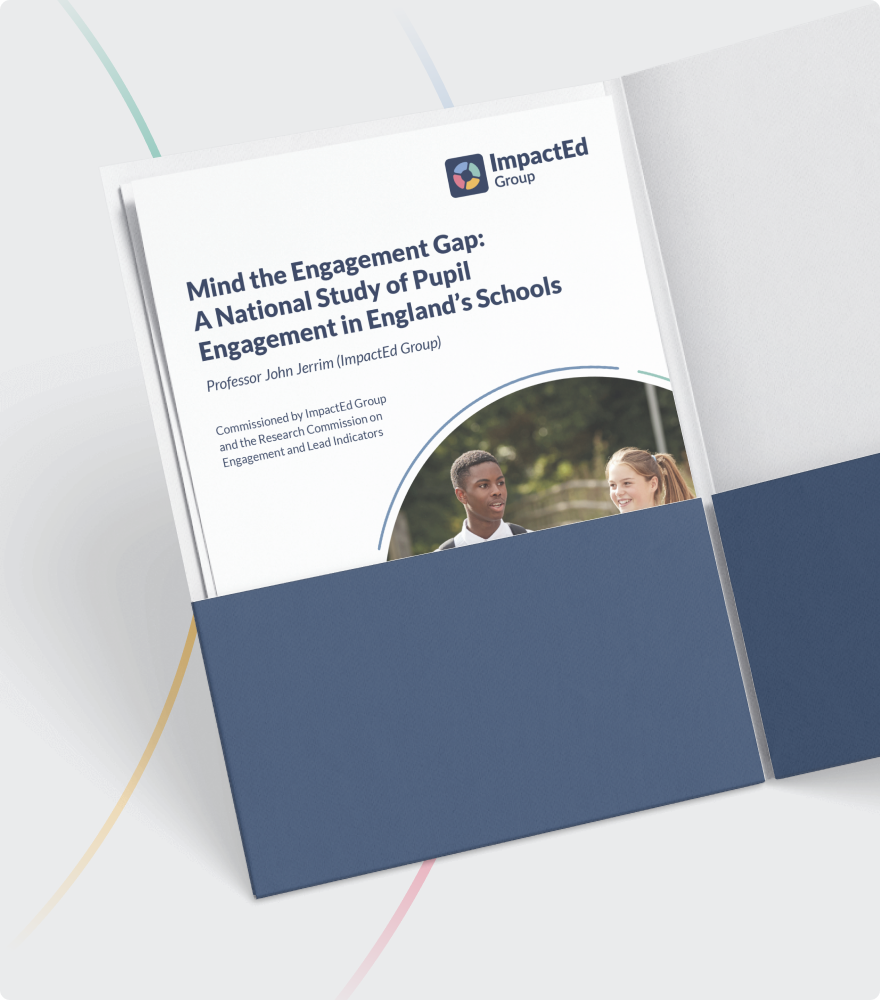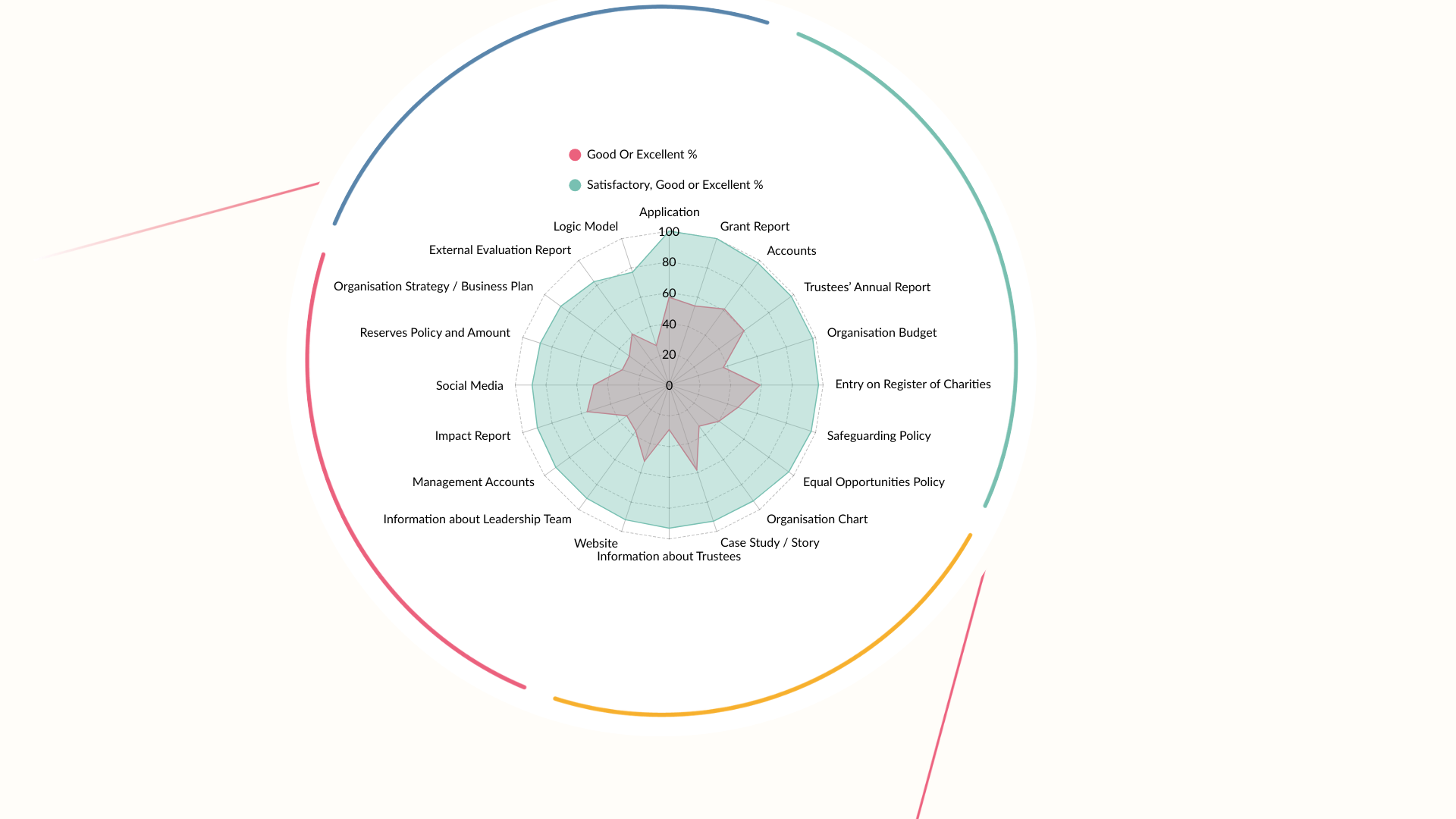.png)
Insights Update: Understanding Attendance
Read the full report
Fill out the form to access the complete article
Insights Update: Understanding Attendance
In this Insights Update, we share the latest evidence from our research on Understanding Attendance.
In this Insights Update, we share the latest evidence from our research on Understanding Attendance. This research project is the largest national study of attendance in England, and it is helping schools and trusts to identify the underlying drivers of pupil absence in their settings. Our first national Understanding Attendance report was released in January 2024, and this was followed by the publication of a second national report in July 2024.
Collectively, these reports explored data from over 70,000 young people to understand their relationship between social and emotional measures and their attendance.

Key findings
Insights for School Leaders and Policy Makers
These latest insights from Understanding Attendance reinforce that pupil attendance is shaped by complex interactions between some of these wider factors related to attendance and pupils’ demographic factors. The Family and Home Environment consistently emerged as the most impactful factor, particularly for older pupils and those from more deprived areas, underlining the importance of routine, sleep, and attitudes toward attendance and mild illness. Meanwhile, adult relationships at school are strongly linked to improved attendance, especially when tailored by for different pupil groups.
Family and Home Environment
The Family & Home Environment focuses on Attendance Decisions, Getting Ready for School, and Sleep. Overall, this domain was consistently the most impactful on attendance across all regression models, with a 1-point increase in survey response was associated with a 1.65% increase in attendance
Pupil Premium and EAL
Pupil Premium was consistently the single most impactful factor across all the regression models. Students eligible for Pupil Premium had a lower attendance whereas for pupils with EAL it resulted in a higher attendance. This means that students who were both Pupil Premium eligible and EAL only has 0.1% less attendance compared to their peers, which means EAL is acting as a protective factor for attendance.
Acknowledgements: This analysis was undertaken in collaboration with Quick Release.
Latest reports
Latest research, campaigns and resources from the team at ImpactEd Group
Get in touch
To speak to one of our senior team about how we could support your work, please get in touch






